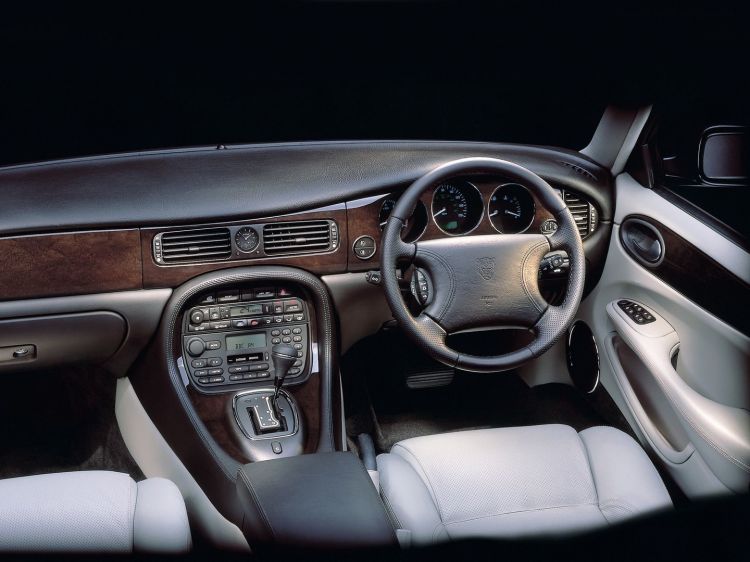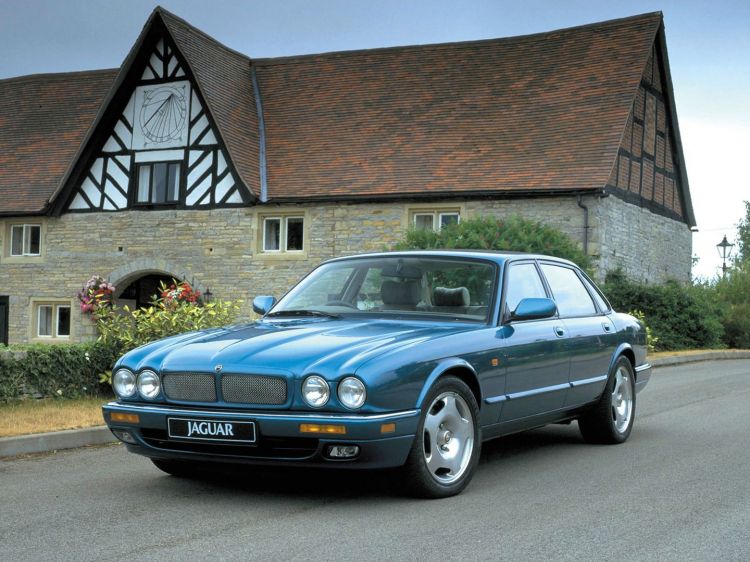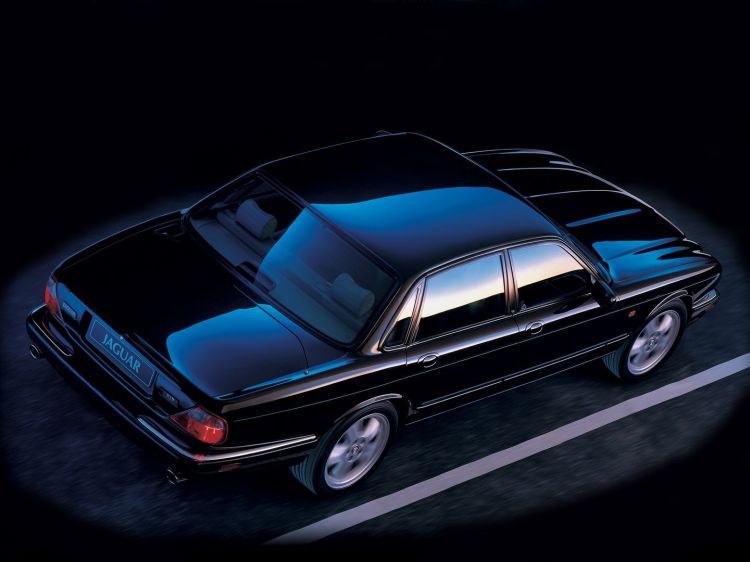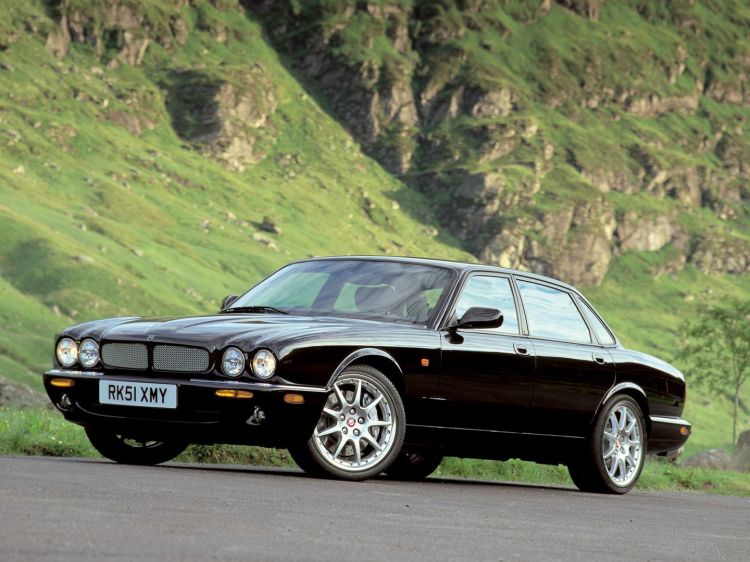We love the sports sedans of the eighties and nineties. Cars full of personality, with a more than generous power level, and which still retained a very purist and analog touch. Cars like the Mercedes 500 E, the Renault Safrane Biturbo or the car we want to talk about today: the Jaguar XJR. The XJR was Jaguar’s first truly sporty saloon in decades, being a direct successor to the fantastic Jaguar Mark 2 of the 1960s. This is the story of the Jaguar XJR, Jaguar’s first modern super saloon.
During the 1970s and 1980s, Jaguar “softened up” considerably. Although they had several models with V12 engines – such as the beautiful Jaguar XJS – the British brand, under the nationalized designs of British Leyland, abandoned all sporting aspirations. By the end of the eighties the situation had changed radically: Jaguar was once again independent and was developing the XJ220, a supercar that was competing for the title of fastest car in the world. In the meantime, Ford acquired Jaguar, providing the necessary financial muscle.
All current high-performance Jaguars have their origins in this XJR.
Jaguar had access to almost unlimited financial resources, and one of the first products they decided to develop was a successor to the veteran Jaguar XJ (XJ40), launched on the market in 1986. En 1994 a new Jaguar XJ with internal code X300 was launched on the market. A much more modern car, although still with certain structural ties to the model it replaced. To give a dramatic effect to its launch, Jaguar decided to present it together with its sportier version, which was baptized as “Jaguar XJR”.
The XJR was the response to sports institutions such as the BMW M5, the Mercedes 500 E or the Audi 100 S4, which dominated the European market for premium sports sedans with an iron fist. In order to compete with them, Jaguar needed to shed its traditional, conservative image. Leaving behind the pipe smoke, the wood and the leather armchairs, but without neglecting the public that still paid the bulk of their bills. The Jaguar XJR managed to maintain a formidable balance between contained sportiness, performance and luxury of a lifetime.
At 5.03 meters long, it was still a truly elegant saloon. A true representation car.
It wasn’t easy to tell XJRs from other XJs. Aesthetically they differed from other XJs through a grill grille, exclusive 17-inch wheels and five sticks – inspired by those of the XJ220, by the way – and some discreet emblems. Most of the changes were under the skin of him. Although it was still a relatively comfortable car, its suspension was designed to limit body roll. Both springs and shock absorbers were firmer, with thicker stabilizer bars.
Under its very long hood was a four-liter inline six-cylinder of cubic capacity A four-valve-per-cylinder engine, supercharged by an Eaton supercharger. Thanks to this, the power went from the 248 CV of the atmospheric XJ6 to the 326 hp of the XJR. Most notable were its tremendous 512Nm of torque at just 3,050rpm. Power was transmitted to the rear end through a Getrag five-speed manual transmission, but most XJRs were equipped with a four-speed automatic transmission and torque converter, originally from Mercedes.
Although it had a manual transmission as standard, almost all units sold were automatic.
It was a car with more than decent performance: its top speed was estimated at 250 km/h and it reached 100 km/h in just 6.3 seconds. Its independent suspension and its 255 mm section tires meant that despite its 1,750 kilos of weight, it was not intimidated by a twisty section. At the same time, he did not force his sportiness and his cabin remained an extremely refined and traditional place – with no indication of the performance bomb under its hood. In 1997, the Jaguar XJR received an update, coinciding with its facelift.
In this facelift (XJR X308) the inline six-cylinder engine was replaced by a 4.0-litre V8, also supercharged by a compressor, with 375 horsepower. It allowed to go down from six seconds in the 0 to 100 km/h, but it lost the characteristic sound and the torque at low turns of the six-cylinder XJR. Be that as it may, this 4.0-litre engine was the basis for the brilliantly aspirated 5.0 V8 that Jaguar and Land Rover continue to use to this day. The XJR was the car that started the present performance of Jaguar, and for this reason it has great historical importance.
Jaguar has continued to have R versions of the XJ up to the present.




